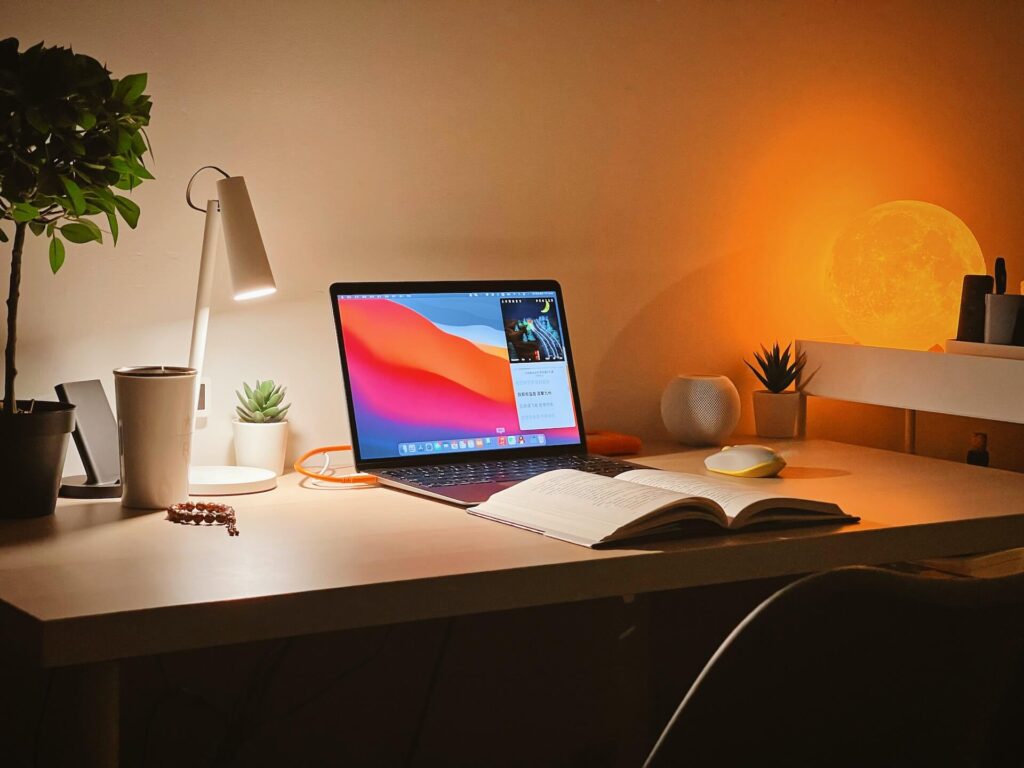Updated on February 10, 2024 by Lou Mac
Having studied Spanish for ten years now, I know a thing or two about learning the language (as you’d hope 😅).
I often get asked “How can I learn Spanish quickly?” and I could take hours to explain the answer to this question!
But since we don’t have all day, I’ve condensed my years of experience (in learning Spanish and other languages) into simple, actionable tips that you can use today.
So whether you’re learning Spanish to travel, communicate with family or just for fun, here’s how to learn Spanish fast (and for free)!
1. Memorise the Most Common Spanish Words
Have you ever heard of Pareto’s Principle? It’s often referred to as the 80/20 rule, and is a concept that suggests that roughly 80% of results come from 20% of causes. When we apply that to language learning, it means that 80% of your conversations will contain just 20% of all Spanish words!
It’s great news for us language learners, as it means we only need to know a small portion of a language to have most conversations. This is why I strongly suggest you start by learning the most common Spanish words. Don’t waste your brainpower memorising every word you possibly can. At least for now, our goal is to get you speaking Spanish as fast as possible.
Check out this post for a full list of the 100 most common Spanish words you should learn first.

2. Learn Your Spanish Grammar Basics
Along with learning the most common Spanish words, you’ll also need to know the Spanish grammar basics. After all, there’s no point in memorising a bunch of words if you can’t string them together!
No need to overwhelm yourself – ignore the subjunctive and other advanced grammar elements to begin with! Start with the basics that you’ll need to carry out simple conversations, which are:
- Sentence structure
- Verb conjugation
- Direct and indirect objects (don’t worry, they aren’t as confusing as they sound)
- Negation
3. Use Flashcards to Reinforce Your Spanish Knowledge
Once you put in the work to learn the most common words and grammar basics, let’s make sure you don’t forget them.
There are lots of ways to memorise things, but I’m recommending flashcards since they’re something that has worked very well for me. In fact, I still use them to memorise advanced Spanish vocabulary!
You can go old school and create flashcards by hand, or else there are plenty of electronic flashcard programs to choose from. My personal favourite is Anki: it’s simple to use and utilises spaced repetition. It can be used on the internet, downloaded to your computer, or used as an Android or iOS app.
Having flashcards as an app is extra handy because you can whip out your phone whenever you please for a quick study session.

4. Find a Spanish-Speaking Language Partner (Or Lover)
Something that often gets missed by language learners is that you actually need to use the language in order to learn it. Seems like it might be obvious, but it’s really not (I’m speaking from experience)!
So, one of the first things you should do if you’re trying to learn Spanish fast is start talking to Spanish-speakers as soon as possible. Don’t know any Spanish speakers? No worries: There’s an app for that!
I use HelloTalk or Tandem to find language exchange partners (people who speak your target language, and who are learning your language), and strongly recommend them. You could even take it a step further and use a dating app to find Spanish speakers (I haven’t tried this, but it seems like a great idea!).
Even if you feel like you don’t know enough Spanish to say anything, don’t worry. Take your time and make the most of Google Translate. Trust me, the sooner you start, the faster you’ll learn!
5. Change Your Phone’s Language to Spanish
This tip is nice and simple, and is more helpful than you might think.
By making this small change, you’ll learn small bits of Spanish throughout the day (i.e. whenever you use your phone, which is probably a lot!). Every notification, app, and menu option becomes an opportunity to reinforce your language skills. You’ll be surprised how many common words you’ll pick up that will be helpful in real-life situations!
It’s a great immersion activity, and it’ll get you nice and familiar with the language.

6. Read Whatever You Can in Spanish
Another way to get yourself familiar with the language and learn it quickly is by reading everything you can in Spanish.
And no, I don’t necessarily mean that you need to read a novel. Any sort of material will do – the important thing is that it’s in Spanish. Here is some content I suggest you try reading:
- Instagram captions: Follow some famous Spanish speakers (like and read their captions, Instagram stories and comments
- News articles: These are often written in relatively simple language
- Recipes: Instead of following a recipe in English, give it a go in Spanish
- Instructions: Often, products have both English and Spanish instructions – try reading them in Spanish and then comparing them with the English version
- Your favourite book: It’ll be easier to read in Spanish than other books because you already know it well in English
- Reddit: Pick a topic that interests you and read about it in Spanish
Just start simple, and you’ll notice that you can gradually conquer more complex texts.
7. Listen to Podcasts in Your “Dead Time”
If you’re anything like me, you might already listen to podcasts in your “dead time” (time in which you’re unable to be productive because you’re doing something else like commuting, cooking or doing chores).
With podcasts, you can turn these idle moments into Spanish study sessions! They’re great for both listening and pronunciation practise, since you’ll hear exactly how words and phrases sound.
There are seriously endless options, ranging from podcasts aimed at Spanish learners (that teach you Spanish) to podcasts aimed at native speakers (which, incidentally, will also teach you Spanish!)
I’ve tried many over the years, and here are some of my favourites (note these are aimed at learners):

8. Listen to Music in Spanish
Listening to music in Spanish is one of my favourite ways to learn Spanish fast! If you like music, it almost doesn’t feel like studying.
There are pretty much two ways you can do this. The first is to listen to music passively, like in the background. The other is to listen actively, where you essentially end up studying the song.
What I do is pick a song I like on Spotify, and listen to it while I read along with the lyrics (seriously though, what a great feature). If I come across words I don’t know then I’ll look them up, and add any useful words and phrases to my flashcards to study later.
If you don’t know what kind of Spanish music you like, try listening to the top Latin songs of 2023, or these top 100 Latin classics (both official Spotify playlists 💃).
Check out this post for a selection of excellent Spanish songs and exactly how you should study them.
9. Watch Spanish Movies and TV Shows
This tip also makes you forget that you’re studying! Instead of watching your usual shows or movies in English (or your other native language), watch them in Spanish! Since most people watch at least a few movies or TV shows each week, this will give your language skills a big boost – and quickly.
You can watch pretty much any movie or TV show dubbed in Spanish, or you can seek out actual Spanish-language material. These are often the best (in my opinion) as they’re more natural, you’re exposed to different dialects and you can even pick up cultural nuances. This is especially helpful if you’ve decided to learn a specific type of Spanish.
Whatever material you choose, just make sure you watch with Spanish audio and Spanish subtitles. Then, note down recurring words or phrases to study later. Easy!

10. Visit (or Live In) a Spanish-Speaking Country
If you have the means to, visiting or living in a country that speaks Spanish will do wonders for your language skills. If there was one thing on this list that would help you learn Spanish fast, it’s probably this. But this comes with a disclaimer: it will only help you to a point.
It’s true that it’s much easier to pick up Spanish when you’re immersed in it, but you need to actually make an effort! If you’re hoping to become fluent in Spanish after a month travelling in South America, you might be disappointed.
However, being constantly surrounded in the language is undoubtedly a great way to learn quickly. So with a little effort, the streets, markets, and cafes in Spanish speaking countries become your classroom, and each interaction is a chance to refine your language skills.
11. Take Time to Practise Speaking in Spanish
When it comes down to it, speaking Spanish is probably the ultimate goal here. But with so much Spanish content to absorb, speaking practise often gets pushed to one side! It’s also probably the hardest of the skills to practise, since it usually requires access to a Spanish speaker.
Fortunately for you, I’ve faced this problem before (and continue to face it with other language study). And the way I solved it is pretty simple: If I can’t talk to anyone else, I just talk to myself.
Sure, it might feel a little silly, but speaking practice is essential – especially if you want to learn Spanish quickly. I either talk to myself about what I’m doing or record voice notes to myself on WhatsApp. Give it a go, you’d be surprised how much it helps!

12. Be Consistent With Your Spanish Study
Last but not least, if you want to learn Spanish fast, you must be consistent. Regularity trumps intensity in language learning!
Set yourself a daily goal and then stick to it. If you can transform language study from a (tedious) task into a habit, your Spanish will improve in leaps and bounds.
And that’s it!
While there are a ton more tips we could add to the list, these are the ones that’ll get the needle moving the fastest.
Stick at it and you’ll be speaking in no time.

